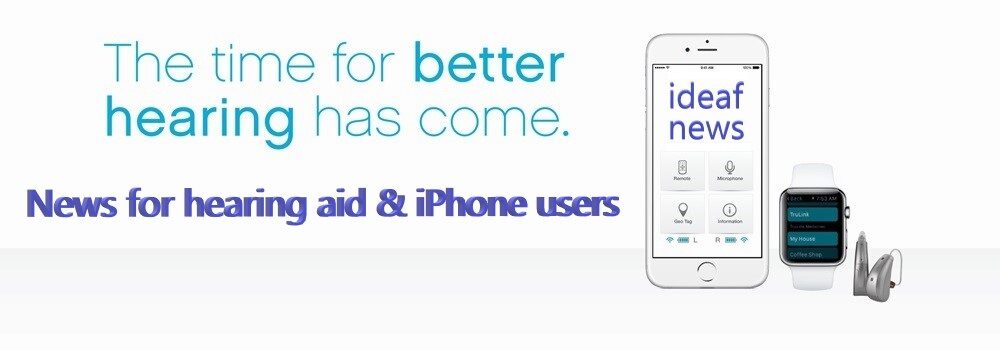Microsuction is an ear wax removal strategy which is risk free, comfortable and pain-free. It entails using a binocular microscope which offers a clear and also amplified sight of the ear canal. With such a clear view, a fine low-pressure suction tool can be used to eliminate any ear wax obstructions securely.
So what are the main benefits of microsuction, when contrasted to more standard ear wax removals approaches such as syringing or ear irrigation?
An Exact View of The Ear Canal
Microsuction utilizes a binocular microscope which gives us a particularly great sight of both the ear canal and also any ear wax blockage. This suggests we have a clear view of what we are doing, making it much more secure and also simpler to do.
No Ear Drops Needed
Unlike other ear wax removal techniques such as ear syringing or ear irrigation, you will not need to do any kind of preparation job just before you visit an audiologist. While it may aid to use ear drops before the removal, it is not needed because our tools will be able to eliminate it safely.
No Messy Water
Microsuction is a dry procedure with no unpleasant water being used or flushed right into the ear. This reduces the threat of infection, as well as additionally suggests you can appear for the treatment in between conferences without untidy or enduring effects.
Safe For Existing Perforations
Unlike ear syringing as well as ear irrigation, it is risk-free for individuals who have a perforated eardrum, previous infections or an ear blockage. The factor is that microsuction safely removes wax using identify accuracy, instead of pushing anything right into the eardrum.
Microsuction Can Provide Ear Evaluations
With microsuction, a detailed ear assessment can be performed to check for any type of perforations or center ear infections, and also the ear can be dealt with appropriately. This is much more secure than with irrigation where there is no way to check out the internal ear firstly, possibly creating more damage with the procedure.
Microsuction utilizes very delicate medical suction to eliminate ear wax with pin-point exactness, rather than needing to press anything right into the ear canal. Because of the binocular microscope, practitioners have a really clear sight of the ear canal and will promptly familiarize any type of infections or perforations. Despite having an existing perforation, microsuction is a secure procedure to remove ear wax without the threat of pushing it deeper in the ear.

 To learn more click this hyperlinkHead over to this website to get more info
To learn more click this hyperlinkHead over to this website to get more info